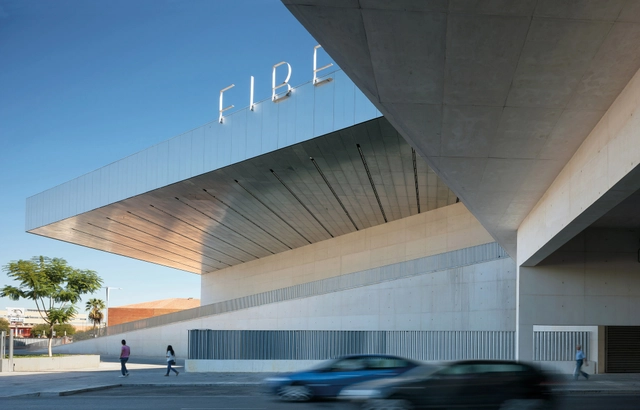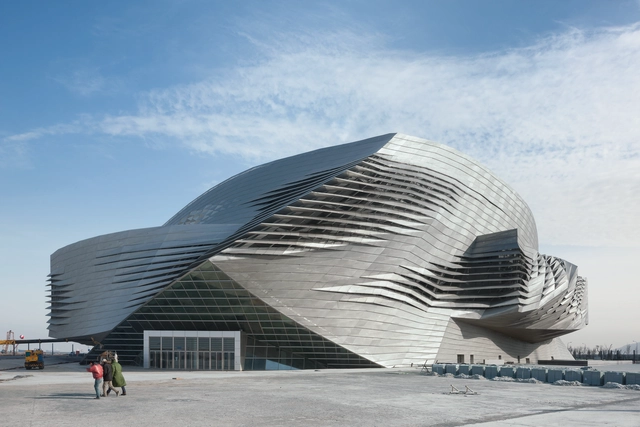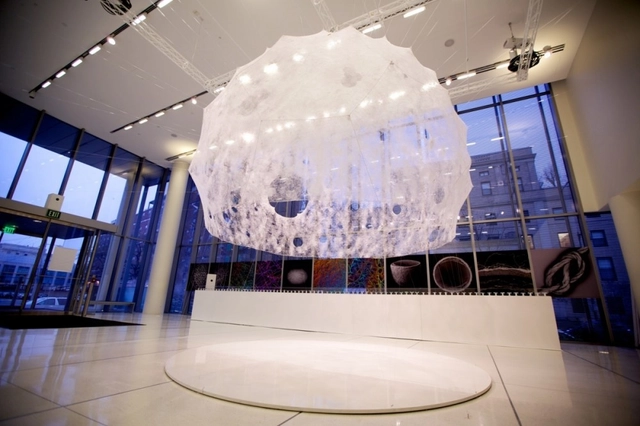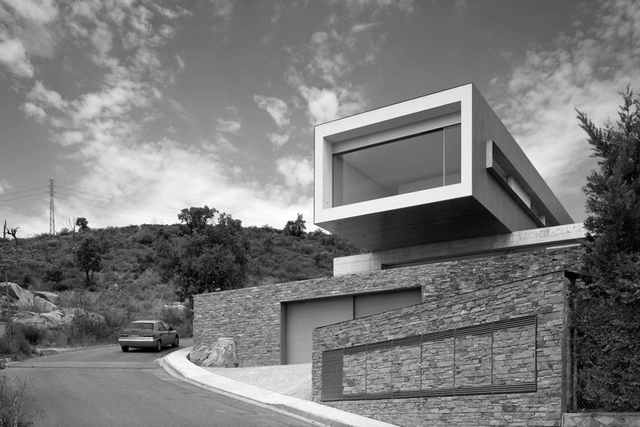
-
Architects: Cruz y Ortiz Arquitectos
- Area: 18223 m²
- Year: 2014
If you want to make the best of your experience on our site, sign-up.

If you want to make the best of your experience on our site, sign-up.



In the face of global doomsday predictions, sustainability has become one of the most crucial aspects of the 21st century, now playing a huge role in everything from politics to the way you dispose of your trash. Fortunately, most architects understand sustainability implicitly, and have adopted it into their lives and work. Or have they? In this article, originally published on Common Edge as "Why Architects Don't Get It," green building expert Lance Hosey highlights the failures of the architecture community in reaching their stated sustainability goals, and argues for a new conception of architecture in which good design and sustainable design are integrated.
A few years ago, the American Institute of Architects, the self-declared “voice of the architecture profession,” announced that "AIA members will no longer need to complete the sustainable design requirement to fulfill their AIA continuing education." Why? Because “sustainable design practices have become a mainstream design intention.” Hooray! If sustainability is “mainstream” now, and knowledge about it is no longer necessary “to maintain competency” and “to advance and improve the profession”—the purpose of continuing education, according to the AIA—then the profession must have met its environmental goals, and there’s nothing left to improve. Mission accomplished.
If only.


We will be publishing Nikos Salingaros’ book, Unified Architectural Theory, in a series of installments, making it digitally, freely available for students and architects around the world. In Chapter 13, Salingaros begins to conclude his argument by discussing its counterpart, explaining how post-modern theorists such as Peter Eisenman came to eclipse the ideas of Christopher Alexander – and why Eisenman’s theoretical hegemony is not based upon sound architectural thinking. If you missed them, make sure to read the previous installments here.
Natural and Unnatural Form Languages
The concept of living structure, and the support for the theory offered by both direct experience and science, offers a basis for designing and understanding architecture. This platform is a sensible way of approaching design and building, because it is beholden neither to ideology, nor to individual agendas. Moreover, it should be contrasted to the irrationality of other schemes that currently appear in and seem to drive architectural discourse.
-484.jpg?1429754692&format=webp&width=640&height=580)
With a recently released animation entitled “We Start the Future of Construction,” Coop Himmelb(l)au announced their intention to take digital fabrication to a radical new scale, demonstrating how technology is impacting almost every aspect of the architectural profession. The advent of building information modeling and other modeling software has transformed how architects and engineers navigate the construction process, allowing us to achieve increasingly complex forms that can be modeled with the aid of CNC machining and 3D Printing, but still there remains a wide gap between the technologies available to architects and those employed by builders. When it comes to a building’s actual construction we have been limited by the great costs associated with non-standard components and labor - but now, the automated practices that transformed manufacturing industries could revolutionize how we make buildings.
Last week, ArchDaily sat down with co-founder, Design Principal and CEO of Coop Himmelb(l)au, Wolf D. Prix for his thoughts on the future of construction and the role of the architect in an increasingly technological practice. Read on after the break to find out how robots could impact architectural design, construction, and the future of the profession.


Parliament, “the place where the power of the people has found its home,” will be the focus of Austria’s contribution to the 2014 Venice Architecture Biennale. With over 200 national parliament buildings from around the world modeled at a scale of 1:500, the exhibition, “Plenum. Places of Power.” will explore how the architecture of parliament connects to the public, influences national identify, and more.
“The idea of democratic legitimation of power is so widespread today that no nation can do without building such a place, at least in name, for a representative popular assembly,” described commissioner Dr. Christian Kühn. “What do these places look like? And how are they connected to a public whose trust in democratic formation of will seems to be dwindling around the globe?”


I get most of my knowledge about the current trends and interests of architects through social media and various websites. My Facebook newsfeed constantly shows an array of pictures, articles, and videos of things ranging from new buildings to data algorithms to bacteria evolution to (usually confusing) romantic, poetic statements about architecture.
They all share one thing in common: they are posted on Facebook by architects and architecture students. To me, this shows the current disarray and lack of focus in the field. Architecture publications and websites only confirm my thoughts further. And nothing reaffirms this more than my daily experiences at MIT.
Read more, after the break...

.jpg?1365520127)
